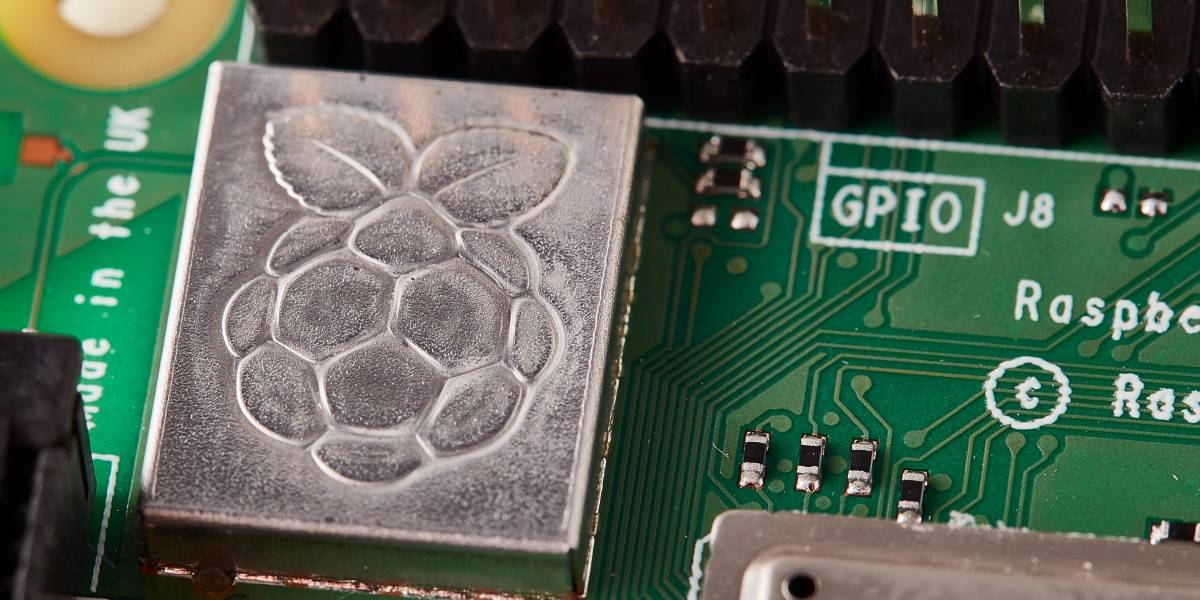More Power For Your Raspberry Pi: A New PoE+ HAT To Sate Power-hungry Peripherals

Raspberry Pi fans have another way of powering their mini 'puters and attached gizmos thanks to an impending update to the Power over Ethernet (PoE) Hardware Attached on Top (HAT), as the silicon required for its predecessor gets increasingly difficult to come by.
The update for the original PoE HAT is imaginatively dubbed PoE+ HAT and is due to hit the shelves in June. The new hardware implements the 802.3at PoE+ standard (as well as the earlier 802.3af).
According to Pi supremo Eben Upton, it will not only run cooler, but can now pump out up to 25W to the Pi (when running with a suitable switch.) The original unit implemented the 802.3af standard, and could manage the 13W needed to power a Raspberry Pi 4 under load – though that's less than ideal for some of the more power-hungry peripherals.
Powering your Pi over Ethernet but still requiring an external power source for the odd peripheral or two did defeat the object somewhat. And that's without considering the borkage that bedevilled the first version in 2018 due to issues with the current being supplied. A mea culpa from the Pi Foundation included the phrase "It's a truism that if you don't test an aspect of a design, it will certainly be broken" as the company yanked the product from sale and offered refunds and replacements.
The subsequent tweaked design fixed the problem.
Over the years, however, the PoE HAT has become a very popular accessory for both hobbyists and those using the computer in industry. However, Upton noted "Unfortunately, the first-gen PoE HAT uses silicon that's in short supply."
Even the Raspberry Pi team are not immune to the shortages affecting the industry it seems, although Upton said "Raspberry Pi computers, Zeros and our other products have not been affected," before adding modestly: "We're very good at pipelining."
Hopefully better at testing too, eh?
A planar (rather than wire-wound) transformer is also included in the update and the diode rectifier has been replaced by an "ideal diode" rectifier in the form of a Microchip PD70224ILQ device. As well as a maximum power of 25.5W, the maximum output current is now 5A.
The price is unchanged, at $20, and the previous generation will remain in production. ®
From Chip War To Cloud War: The Next Frontier In Global Tech Competition
The global chip war, characterized by intense competition among nations and corporations for supremacy in semiconductor ... Read more
The High Stakes Of Tech Regulation: Security Risks And Market Dynamics
The influence of tech giants in the global economy continues to grow, raising crucial questions about how to balance sec... Read more
The Tyranny Of Instagram Interiors: Why It's Time To Break Free From Algorithm-Driven Aesthetics
Instagram has become a dominant force in shaping interior design trends, offering a seemingly endless stream of inspirat... Read more
The Data Crunch In AI: Strategies For Sustainability
Exploring solutions to the imminent exhaustion of internet data for AI training.As the artificial intelligence (AI) indu... Read more
Google Abandons Four-Year Effort To Remove Cookies From Chrome Browser
After four years of dedicated effort, Google has decided to abandon its plan to remove third-party cookies from its Chro... Read more
LinkedIn Embraces AI And Gamification To Drive User Engagement And Revenue
In an effort to tackle slowing revenue growth and enhance user engagement, LinkedIn is turning to artificial intelligenc... Read more

